Walk into an important business meeting, and you will most likely hear conversations around customer experience, customer service, marketing, sales, and the list goes on!
SaaS businesses are so laser-focused on selling more and selling fast, and they forget about something fundamental.
Any guesses?
It’s product experience – that has the power to make or break your chances of clocking conversions and achieving customer delight.
The question is – how to deliver exceptional product experiences that turn customers into ‘ardent fans’ of your product? How to make your product stand out and ensure that customers prefer it despite being spoilt for choice?
This blog will reveal the secret sauce.
Dive in to know everything about product experience – what it is, why it is important, and how you can improve it.
What is Product Experience?
Product experience is a subset of the broader customer experience.
It refers to the experience customers receive right from the moment they log in to your product till the time they sign out. It’s the value they get at every step of their journey – trial, feature onboarding, purchase, and renewal.
Every single aspect of your product affects the experience customers receive while working with it. These aspects can be the product’s design, quality, speed, customization, and many others.
A good product experience guides customers right from the start till the end and helps them achieve the task at hand in a hassle-free way. Give your customers a buggy product, jam-packed with complex features, and they are likely to stop using it in the free trial period itself.
Importance of Product Experience
With the SaaS landscape offering buyers the option to try products for free and comparing them before making an informed decision, it’s become all the more important for brands to focus on product experience.
There can’t be a better way to develop trust in buyers than by allowing them to work with your product closely and experience excellence, without paying anything for the initial period.
Besides this, there are many other benefits of the product experience. Let’s take a look.
1. Enhances Customer Loyalty
For subscription-based models, customers don’t get stuck with a product. They know that they have the option to stop the subscription and discontinue the product anytime they want. Delivering impeccable experiences even after the initial payment ensures that customers stick to your brand and opt for upgraded plans with better features.
2. Helps in Product Marketing
Marketing a SaaS product is challenging as most buyers consider their past experience with a product as the top driver when making a choice.
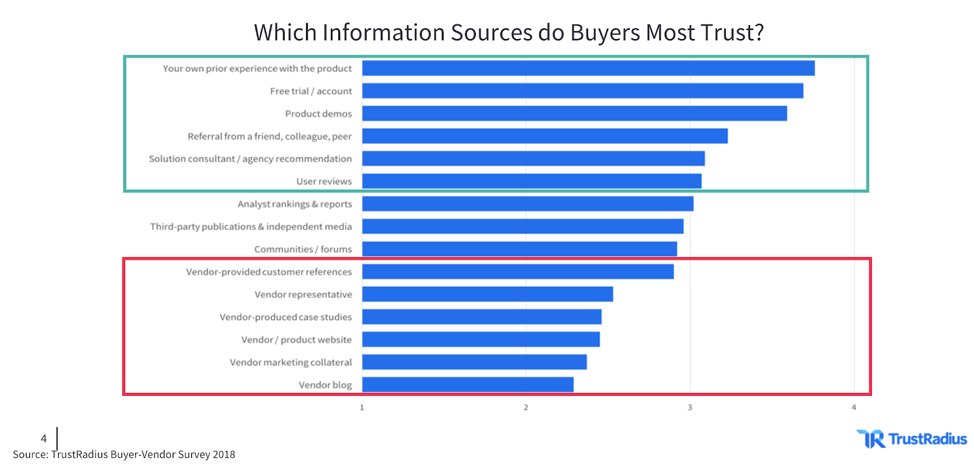
When customers go for free trials, they get a chance to have a closer look at your product and make a choice only when they are fully satisfied. Live up to their expectations, and you clock a conversion. Fail at it, and you serve buyers directly to your competitors.
That’s why focusing on product experience is imperative. It helps you win the trust of prospects and turn them into rewarding customers who speak well about your brand in their social circles.
The result? You end up marketing your product without spending a dime.
3. Crushes Customer Churn
A great experience makes customers habitual to your product. They start getting comfortable with your product and end up subscribing to better plans. The higher the value they receive, the more likely they are to stick with your brand.
The result? Your customer lifetime value i.e., the monetary value customers bring to your business throughout their journey, increases substantially.
In short, an excellent product experience is crucial to increase customer lifetime value and enhance customers’ trust in your product and, by that extension, in your brand.
It’s finally time to go into the details and learn more about product experience – who is responsible for product experience and how you can improve it.
Who Is Involved in the Product Experience?
Delivering a stellar product experience and surpassing customer expectations is crucial for business success. Therefore, you need to be careful of who shoulders the responsibility of improving it.
Product experience cannot be improved by a single team. It’s a collaborative work carried out by multiple teams – product, marketing, design, sales, and support team. Each team plays a vital part in enhancing the overall product experience.
Let’s look at each one of these in detail.
1. Product Team
This team is the ultimate decision-maker. It deploys new software and decides which features should be updated or which ones should be added to a product.
Your customers might feel a particular feature isn’t necessary, or they might want the product to have some other feature. It’s totally up to your product team to decide what’s good and what’s not good for the product.
2. Support Staff
All you need is one negative product experience for customers to feel frustrated. A bug or technical glitch, complex UI, or any other issues can create negative experiences. This is where your support team steps in. It helps customers conquer any challenges they face while using your product. Your support staff has the potential to turn negative experiences into positive ones by managing and solving customer issues.
3. Marketing Team
Wondering how your marketing team plays a part in improving the product experience? Well, it plays an important role. It creates campaigns, launches surveys, and even works on the advertising part to make customers aware of your product and its features.
It informs customers about the product’s benefits and the difference it can bring in their lives. Besides, your marketing folks keep customers updated on any feature or design change.
4. Design Team
The design team works on how a product looks and feels. The design of a product is equally important as its features.
Can you imagine working with a product having great features but poorly designed? It will impact the complete product experience, right? The design team brings your product to life by giving it a beautiful design that matches customer requirements.
How to Improve Product Experience?
There is a lot that goes into crafting stellar product experiences for your customers. Let’s dive in.
FREE. All Features. FOREVER!
Try our Forever FREE account with all premium features!
1. Focus on Product Onboarding
‘First impression is the last impression’ – no matter how cliched it sounds, the adage stands true when it comes to SaaS products. If a customer’s first experience with your product goes wrong, you will have a hard time turning the table in your favor.
That’s where onboarding steps in. It guides your customers at every step of the way, educates them about the product’s features and functions, bringing them closer to the Aha! Moment.
Here are some ways you can ace the art of onboarding:
-
Provide Contextual Help
Contextual help means showing the right information at the right time to make the right impact. This can be in the form of a tooltip, lightbox, or a popup.
A tooltip is a rectangular overlay that provides brief information at specific spots. When a customer hovers over a tooltip, it hints, tips, or precise help content then and there.
You can use tooltips to explain technical terms and concepts related to your product. You can also integrate a self-service SaaS knowledge base software. These also work well in explaining policies, providing pricing details and disclaimers.
Here’s how it looks.
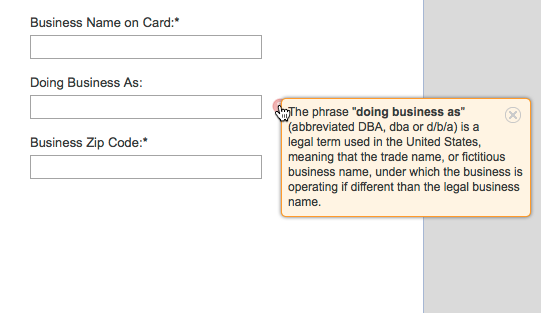
For product tours and procedural help, lightboxes are perfect. They are interactive and come with a scroll bar effect. This means you can display exhaustive help content using lightboxes.
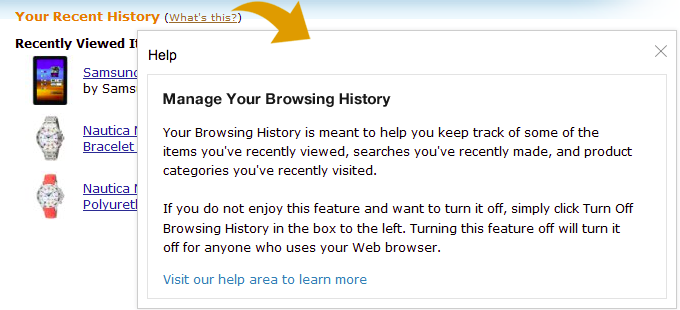
Another great way of providing contextual help is through pop-ups.
A pop-up is a small window that pops up in the foreground of the page. It’s perfect for showing interactive help content and solving customer issues promptly.
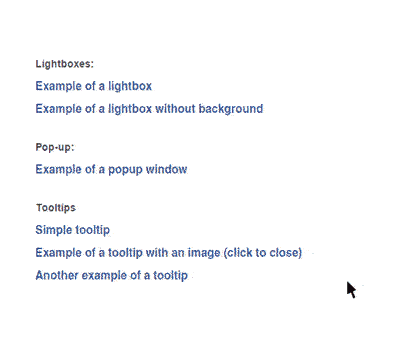
There is no coding involved in embedding tooltips, pop-ups, and lightboxes in your software product, provided you use the right tool. For example, ProProfs Knowledge Base allows you to deliver on-site and task-based help with no hassles of programming at your end.
-
Create a knowledge base
Building a comprehensive knowledge base is an excellent way to onboard new customers. It provides detailed information about all aspects of your product, such as:
- Its features and functions
- Installation and setup process
- Its purpose and various use cases
- Potential challenges that customers might encounter
- Troubleshooting steps to address common customer issues
- Frequently asked questions about your product, and much more.
Customers can refer to your knowledge base to develop an in-depth understanding of your product and use it successfully.
Mimosa’s knowledge base serves as a perfect example. It’s comprehensive, well-designed, and offers every information customers might need.
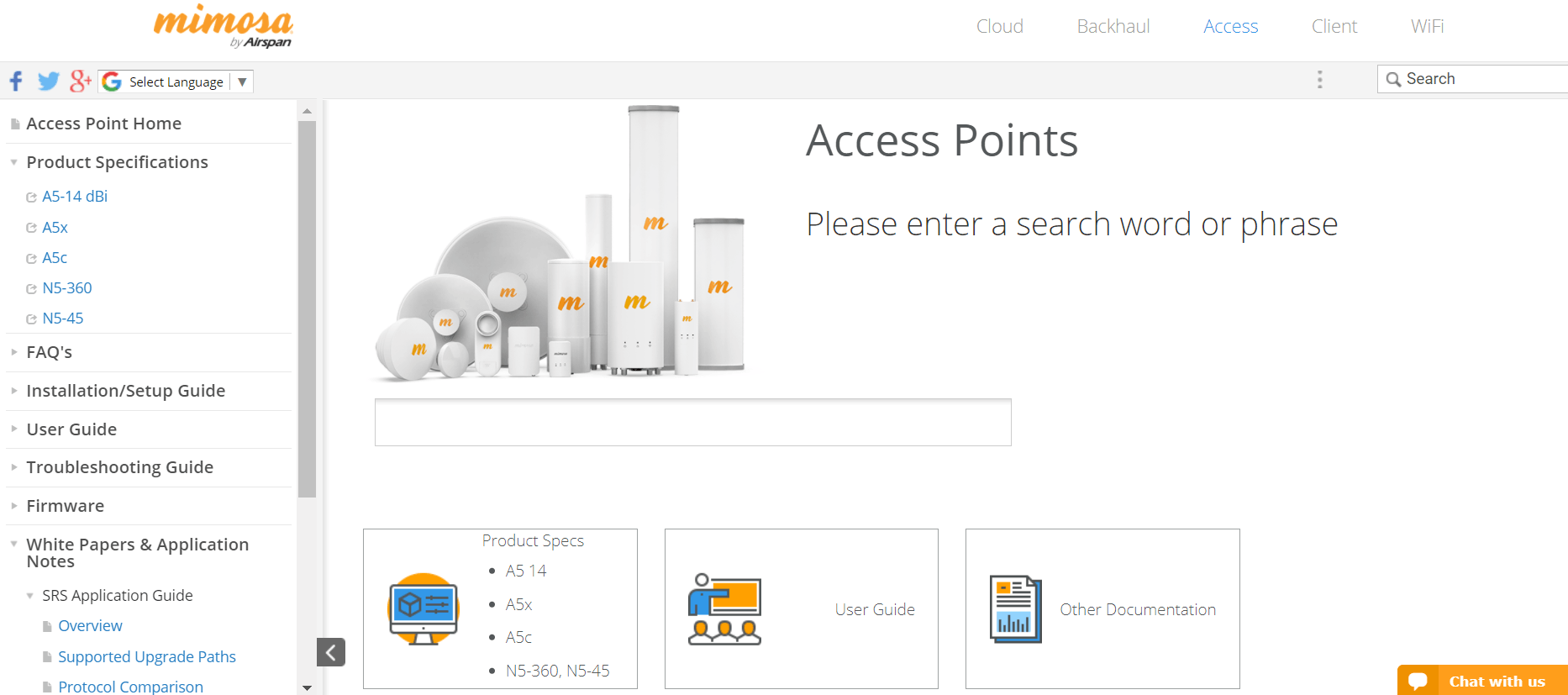
-
Use Feature Callouts
Add feature callouts every time new features are added to your product or existing features are modified. You can also use them to highlight the key features of your product that customers should be familiar with.
Callouts elevate the visibility of new, improved, as well as essential features, improving the overall user onboarding experience. Don’t mistake feature callouts as tutorials. These are only meant to introduce your product’s features briefly.
Here’s how a callout looks like:

-
Create Interactive Walkthroughs
When prospects sign up for the first time, they are alien to how your product functions. Expecting them to kick-start the process all on their own and be successful at it will open doors for disappointment and frustration. The best way out is to assist customers in using your product right from the start.
Interactive walkthroughs work well here. They guide prospects from the very beginning and help them focus on doing one task successfully and then moving on to the next. It’s an extremely effective way to enhance their understanding of the value that each product feature provides.
Prospects learn about your product by gaining first-hand experience of how it functions, which is way better than half knowledge gathered via reading a user manual or watching a demo.
Grammarly offers a great example of an interactive walkthrough. When users sign up, it asks them to provide basic details for a personalized experience. Then it provides a video tour showing how it works.
After that, it takes them through a demo document with lots of grammatical mistakes. Users are asked to work on that document, and Grammarly assists them at every step.
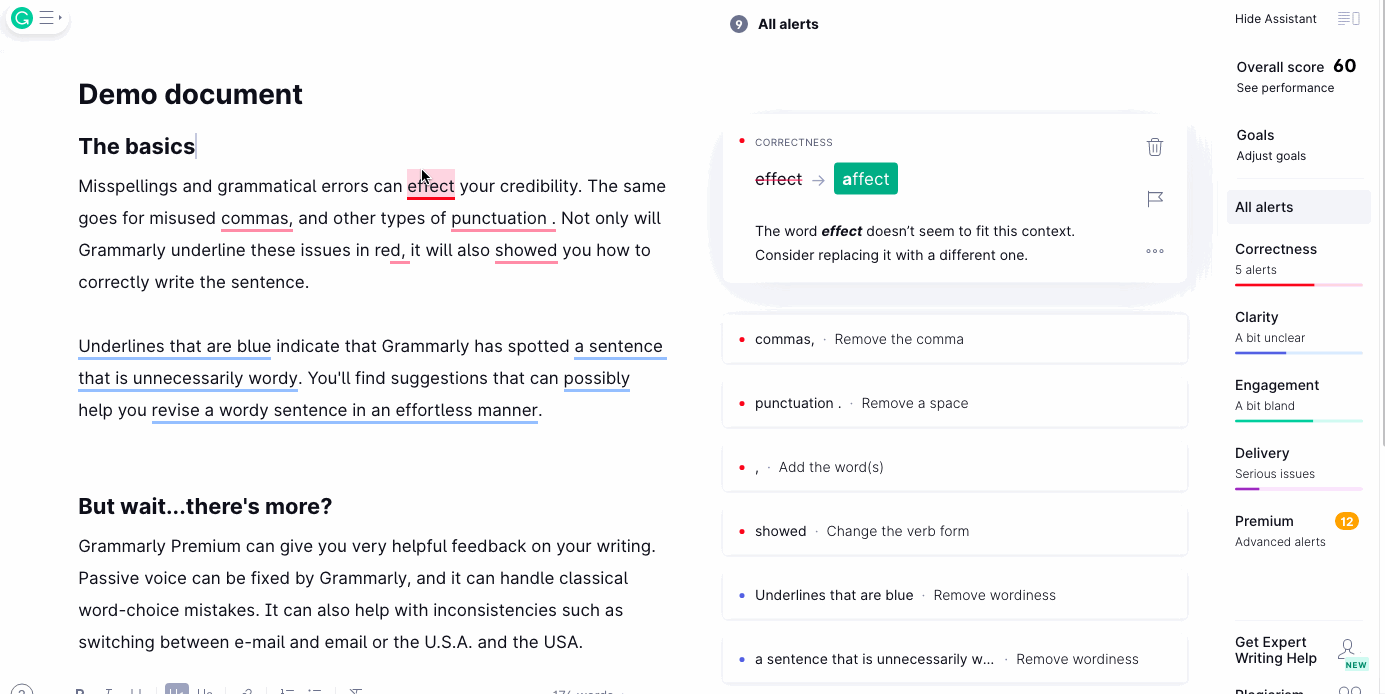
2. Capture Customer Feedback & Act on It
If you don’t know how customers feel about your product, how can you improve the product experience?
You need to identify whether customers are delighted or disappointed with your product, the bottlenecks they face, the suggestions they have for product improvement, and much more.
How can you do that? By capturing customer feedback.
Here are some of the effective ways to understand what your customers think and feel about your product.
-
Launch Net Promoter Score (NPS) surveys
These are simple, one-question surveys that help you measure customer loyalty towards your product. It gives a transparent picture of whether customers like your product or not, and what are the subscription chances.
You can ask a question such as – “How likely are you to recommend this product to your friends or colleagues” with 1 to 10 as answer options.
If the answer is between 0 to 6, it means customers are unhappy with your product. 7 to 8 indicates satisfied customers who might switch to a better alternative if they have a choice, and 9 to 10 shows your loyal customers who will promote your product further.
-
Create In-App Surveys
Capturing feedback while customers are using your product is an effective way to understand their current challenges.
In-app surveys help you target specific users at specific places in your product. Ask specific questions when users are immersed in your product and encourage them to give accurate feedback. This way, you can collect valuable data in real-time and provide them personalized solutions.
For in-app surveys, you can create questions such as:
- How regularly do you use this product feature?
- Do you think this feature needs an update?
- Which feature should we add to make this product extraordinarily useful? and more.
Get feedback on specific aspects of your product and understand customer intent by asking appropriate questions at the right time.
Leverage this treasure trove of data to improve the product experience for your customers.
If you are looking for a tool to create impressive in-app surveys, you can check out Qualaroo. Here’s how it works.
-
Approach Your Customer-Facing Teams
Sales and support teams work directly with your customers. The insights that they have are priceless, as you won’t find them anywhere else.
Reach out to them to gain a clear understanding of:
- The bottlenecks customers face regularly
- Reasons for customer churn
- Features that customers are unhappy with
- Reasons customers unsubscribe your product, and more.
Listen to recorded customer conversations, check customer chat history, and the tickets they have raised in the past to identify pressing product issues.
Work on the feedback received via customer surveys and insights gathered from customer-facing staff, and you will find a significant improvement in your product experience.
3. Monitor Customer Activities
To build better product experiences, you need real-time data around why customers do what they do while using your product.
That’s where product usage analytics comes into the picture.
It provides you meaningful insights into:
- How customers engage with your product
- Points of friction while using the product
- Features regularly used by customers
- Overall product performance
- Customer segments that use your product frequently and more.
Your product team can analyze this data to bring significant improvements in the product and tailor it according to customer needs. This goldmine of data is also helpful in tracking product usage trends and variations from time to time.
To gather product usage data, you can use tools like Mixpanel, UserIQ, or Sisense. These are some of the best product analytics software that assists you in making informed, data-driven product decisions.
It’s Time to Take Your Product Experience to a Whole New Level
Do you realize that customers base their brand perceptions on the experiences they receive while using your product?
Yes, that’s the bitter reality!
One poor experience and you set customers on the path of disappointment and frustration.
Focusing on improving product experience is, therefore, imperative. To craft exceptional experiences, give considerable focus on user onboarding. You can do that by providing contextual help, interactive walkthroughs, and creating a knowledge base.
Collecting valuable customer feedback is also essential. Surveys such as Net Promoter Score, in-app surveys can be of tremendous help. Besides, it’s also important to track product usage and get detailed insights into how customers are using your product.
Follow these simple steps to improve your product experience and take it to a whole new level.
Turn your customers into raving fans by delighting them at every step of their product journey!
 Tips
Tips
We’d love to hear your tips & suggestions on this article!
FREE. All Features. FOREVER!
Try our Forever FREE account with all premium features!

 We'd love your feedback!
We'd love your feedback! Thanks for your feedback!
Thanks for your feedback!







